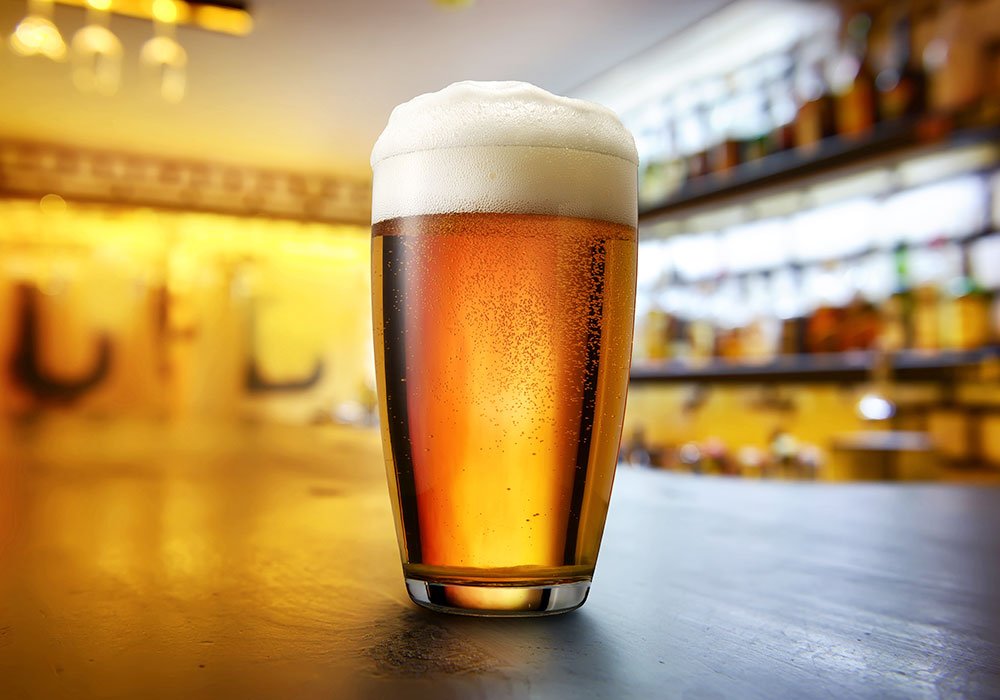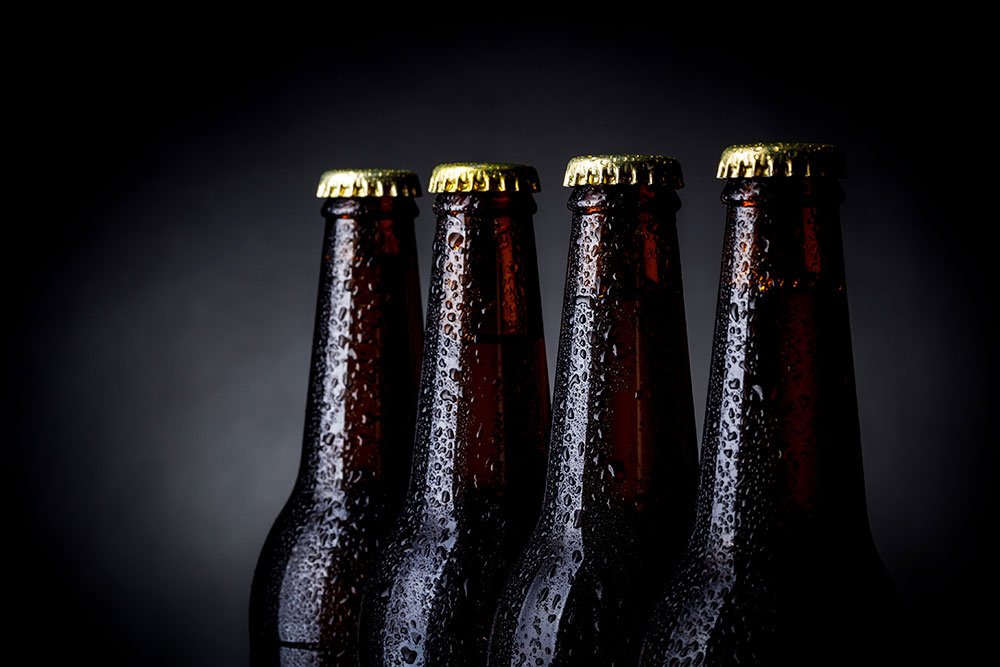Sediment In Beer: To Drink It Or Not To Drink It?

Have you ever poured a beer or examined a bottle and noticed a cloudy layer of sediments floating around? Well, sediments in beer can occur due to plenty of reasons. Call it flakies, floaties, yeasties or sediment, they are primarily composed of protein particles resulting from the brewing process. Let’s find out more about why these sediments appear inside a beer can or bottle in the first place and if they are safe for consumption.
Sediments are primarily yeast and protein particles floating around in a beer. Cloudy beer styles such as German Hefeweizen, New England IPA etc. often tend to have substantial haze with particles swirling around. This is due to the styles like these being unfiltered and have a solid layer of yeast at the bottom and hop particles in suspension. Let’s run through some of the common reasons that cause floaters or haze down below.
Bottle Conditioning
Bottle conditioning is a process where a small amount of active yeast and simple sugars are added to the bottle prior to sealing it off. In a few cases, bottles are packaged while they are actively fermenting. Either way, this process allows the beer to naturally carbonate and increase the ABV (Alcohol By Volume) by a notch.

After the fermentation is complete, yeast cells clump together and drop to the bottom, eventually forming a thin cake. When the bottle is agitated, these particles are thrown back into the suspension and as a result we see these sediments. Bottle conditioned beers are safe for consumption and they are quite good. Yeast, in some beer styles, also enhances the visual appearance.
Aged Beers
Aged beers are bottle conditioned as well and have yeast in suspension to ferment out any complex sugars which are present in a bottle. High gravity beer styles such as Barleywines, Imperial Stouts or any Barrel aged beers are ideally suitable for cellaring and at the time of packaging, they are dosed with yeast. While we all agree that strong ales improve with age, this is not the case with many other beers.

In styles where ageing isn’t appropriate, the liquid breaks down and proteins clump together and hop character diminishes over a certain period of time. Added to this, beer is oxidised and tastes stale or musty. In this scenario, floaties tend to look like snowflakes. While this is only a cosmetic thing, these are safe to consume as well.
Dry Hopped Beer
Aggressively hopped beers like IPAs, New England IPAs or Double IPAs are charged with different intervals of hop doses from time to time. Dry hopping creates haze and over time, it releases tiny hop particles into the beer. Hop particles are safe for consumption although some of the breweries filter these out. Hazy New England style IPAs stand unfiltered traditionally.

Naturally Cloudy Or Hazy Beer Style
Incase of a German Hefeweizen, Belgian Witbier, American Wheat or a hazy New England IPA, beers are naturally cloudy post fermentation and are traditionally served unfiltered. Unfiltered IPAs when dry hopped have a lot of polyphenols from hops which bond with proteins often creating ‘chill haze’.

Infected Or Spoiled Beer
Poor sanitation or bacterial contamination can have floaters in them. Wild yeast and bacteria contaminate the beer and overwhelm the yeast that was already in the beer. Beers taste way off and undrinkable. This is an exception for some beer styles such as Lambics or wild fermented sour beers where contamination is intended during fermentation.
Can You Drink Sediments In Beer?
Yes, you can consume sediments without any issue! Sediments are not usually a negative trait. In fact, sediments are acceptable in many beer styles and are a natural cause. Even infected or spoiled beers are safe for consumption as well but they may not smell or taste great. As a rule of thumb, all the bottle-conditioned or unfiltered beers must be stored upright to let the sediments settle at the bottom.



